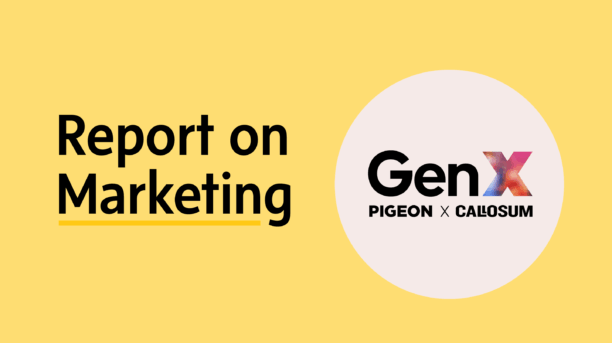Paulo Salomao, founder and CEO of Toronto-based agency King Ursa, says the marketing industry faces a massive problem and has a three-step plan to solve it.
Growing up in Brazil – where my grandpa was a chief of police, my uncles and aunts lawyers, and my mother a criminal lawyer and a detective in narcotics – I learned an important lesson. That to be a silent witness of injustice makes you complicit.
For the good of a society or community, you have a duty to speak up when you know something is not right, and that’s true of the marketing industry today. For the past few years, I’ve witnessed an immense transformation that is unleashing new and questionable practices. I believe there’s a widespread delusion among marketers that the attention they are buying is truly captured and turned into meaningful engagement.
I’ve been in creative advertising for 20 years and know it’s always been our business to get people’s attention. But advancements in technology have multiplied our work, billions of dollars and millions of people’s hours are spent trying to get attention today. All that investment is based on one unqualified assumption: when someone sees an ad it’s certain that they’re paying attention.
I believe that couldn’t be further from the truth. Attention itself has become a resource like gold and oil, subject to market trends and the global economy.
And, just like mining for gold or drilling for oil, the better you understand the attention economy, the more savvy you will be and the richer you will become.
In fact, attention has become the most valuable of all resources in human history (just look at the valuations of major tech companies such as Alphabet and Meta). However, the difference between attention and oil and gold is that the former is subjective and the resource you’re looking for is constantly moving.
The attention gold rush
And, like any rich and starved resource, attention is suffering from a gold rush effect promoting a rampant dark side to it. Digital ad fraud is predicted to be a $150 billion business by 2025, which would make it the largest criminal enterprise after the drug trade.
Marketers are the ones that suffer from this ad fraud. Yet, more trust not less, is being placed on automation in both media and creative to increase efficiency.

Today, 90% of digital advertising in North America is bought by algorithms. Global programmatic ad spend reached an estimated $595 billion this year, with spending set to hit almost $800 billion by 2028. The agency model was not designed for this growth, which has contributed to major disruption in the media and advertising industry.
The unmatched reach of media and its ingenuity has been crushed by a percentage fee race to the bottom, resulting in little time to assess creative effectiveness, unintentionally deprioritizing creative at the cost of efficiency. I’ve heard from media buyers who admit to not even knowing what creative will run when they’re planning and buying media.
As a result, the inspiring and influential power of creative advertising is being lost. Agencies, desperate for credibility, use awards to validate their presence and this becomes their focus as they invest hundreds of thousands of dollars in a quest for recognition.
It’s time to poke the bear, to change the way we’re doing things, and push for the re-integration of creative and media buying. And I have three ways to help make this change a reality.
1. Embrace full-funnel accountability versus passing the baton
At King Ursa we make brand strategy, creative and media equally accountable for full-funnel marketing success. This is not about a quick win, but finding authentic ways to create more meaningful relationships with our audience for a long-term impact.
Instead of optimizing solely for short-term visibility, focus on delivering real value to your audience. Creating quality and relevant content that resonates with consumers’ needs or emotions will lead to more lasting engagement. And create authentic connections because brands that build genuine, relatable content based on consumers’ experiences and values can build more loyal relationships than those that only seek to go viral.

2. Make an impression and don’t count on impressions
Impressions don’t drive sales—engagement does. Focus on metrics that matter: are people interacting, sharing, converting, or returning? We replaced “impressions” with “quality engagement” (interacting, sharing, converting, or returning) because we believe a reaction is a better sign for getting someone’s attention.
3. Remember that content is your king and media is your cavalry
There’s a Brazilian saying that’s relevant here: “Don’t wait until the water reaches the butt to start swimming.”
If you want to get real value for the attention you’re buying, then start today by requesting more from your creative and media partners, because it’s clear that media without great creativity is empty. And creative without great media placement is lifeless.
It’s time for marketers to make a stand – pay attention to what you’re paying for. and don’t accept anything else.
King Ursa is a member of the Institute of Canadian Agencies (ICA). Report on Marketing is where leading Canadian agencies showcase their insights, cutting-edge research and client successes. The Report on Marketing provides a valuable source of thought leadership for Canadian marketers to draw inspiration from. Find more articles like this at the Report on Marketing.
See all Ideas & Insights




